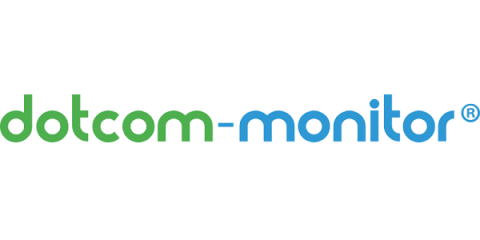What is a 401 Error?
When the web was first constructed, it became clear the servers that sent web pages, images and other digital assets to browsers would need some kind of standardized system of error notification. Since there were several errors that always reported the same basic fault, it was decided this would be a good way to diagnose network problems without specialized tools or elaborate communications protocols.




